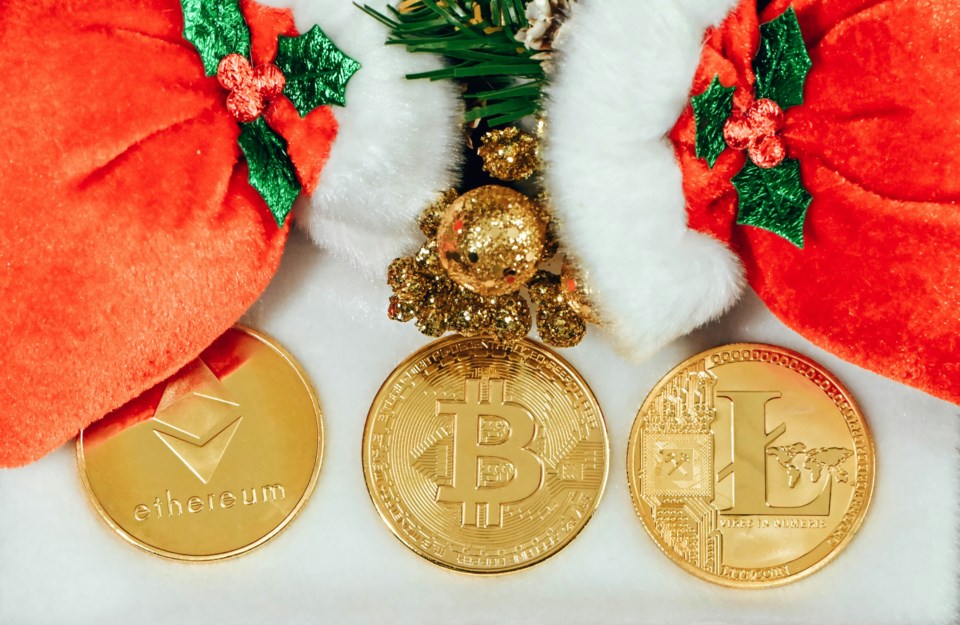Cryptocurrencies are everywhere today, including in the Sea to Sky.
Major companies like Blackrock have invested billions of dollars into bitcoin, and the crypto market is expected to boom under U.S. president-elect Donald Trump. However, the consequences of crypto are different for everyone.
A study shows that 43% of young men (18 to 29) have bought or traded crypto, with young women roughly halving that, and older generations progressively buying less and less.
However, 5% of crypto buyers from Gen X are investing much more than any other group and are experiencing a much higher return on investment (ROI) than other groups.
So, what, exactly, is this 43% of young men doing in crypto?
First, it’s important to understand the basics of what crypto is. I know from having a conversation with my grandmother that for some of the older generation, it’s a very foreign concept.
Almost a century ago, U.S. president Franklin D. Roosevelt (FDR) and the U.S. ended the gold standard, and 53 years ago, president Richard Nixon ended the U.S. dollar’s convertibility to the metal.
Today, we’re witnessing a shift back to a non-governmental currency in the form of crypto, specifically bitcoin (BTC).
In many ways, BTC holds similar qualities to gold—it is decentralized, with a limited supply and an agreed-upon, fluctuating value. However, it is different in key ways: while gold is 19.3g per cubic centimetre, bitcoin is completely electronic and can be transferred easily, making it much more attractive to trade.
While cash was originally adopted to make transactions significantly easier, it came at the cost of making currency completely government controlled. Bitcoin is, in effect, a resistance to that, as BTC is independent of inflation—governments cannot print more bitcoin.
However, there are some limitations to this new currency. While gold holds many of the same properties as BTC, in some ways, gold’s weight gives it an advantage when viewed from a “currency” perspective. Having a currency like bitcoin, which is so constantly traded that its value is everchanging, may be beneficial to a trader; however, if we begin to trade bitcoin in mundane parts of life, problems may arise.
For example, prices cannot be set, as Bitcoin’s value is constantly changing. It’s difficult to trade in exchange for goods and services when the value of the currency you are exchanging is uncertain. The only way to get around this is to adopt bitcoin without any relative value to co-ordinate it with, which is not feasible today.
Today, youth are buying more than just bitcoin.
My peers purchase all sorts of crypto, including memecoins, to varying degrees of success. And while some of these memecoins have serious value (Dogecoin currently has a supply of circa $150 billion) most of this kind of trading is akin to high-stakes gambling.
These coins are plagued with scams but can be profitable if a high level of expertise is applied—this is not the case. What is more commonly happening with these coins is trends: a new meme propagates itself on the internet, somebody makes a coin based on it, kids buy the coin because of the meme and lose their money after the coin eventually fails.
And while this may be a valuable lesson for a kid who just lost his paycheque, it is also a warning: while there is a lot of money to be made on crypto, there is also a lot to be lost.
Thomas Legg is a Sea to Sky Corridor Grade 12 student.



